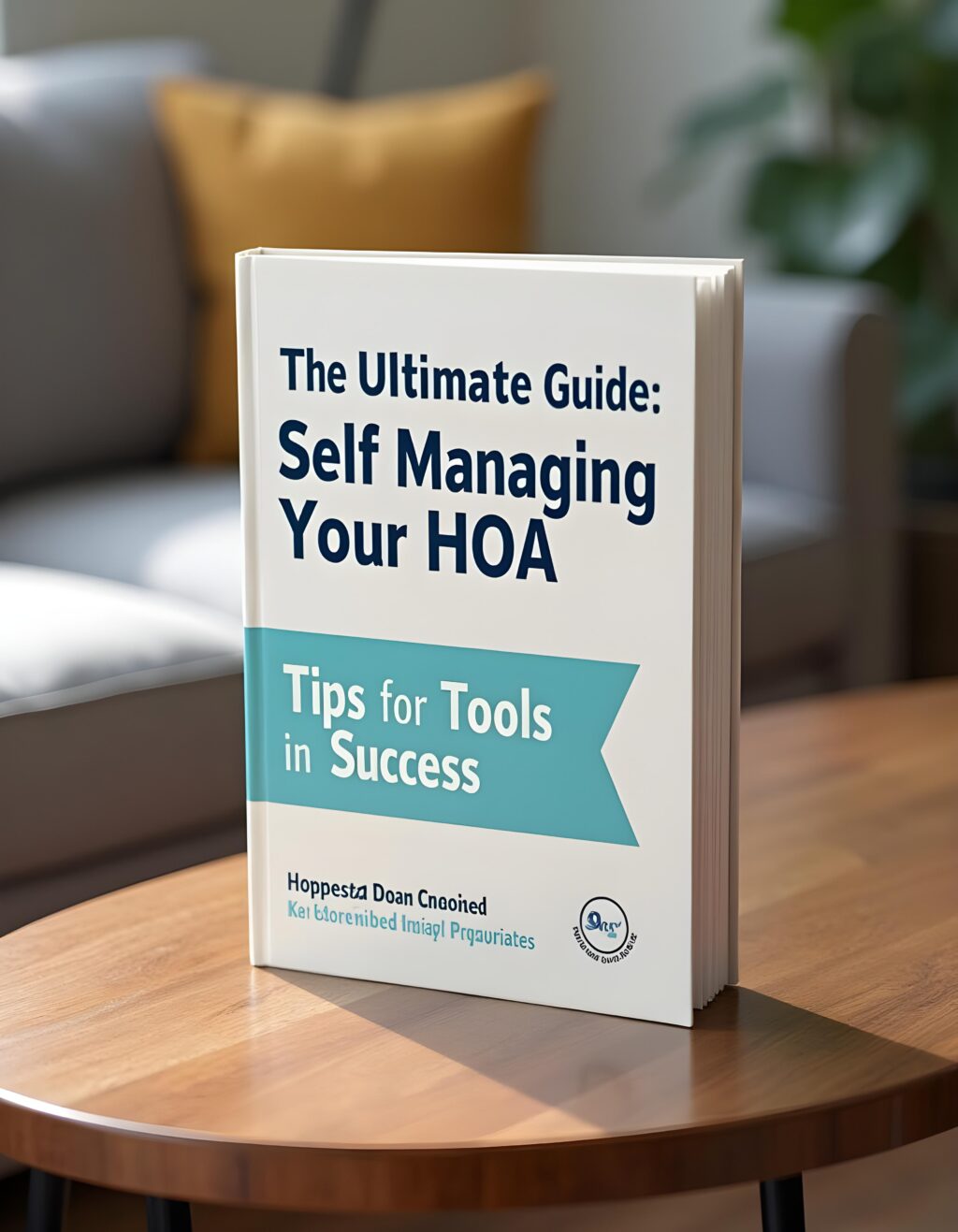The Ultimate Guide to Self-Managing Your HOA: Tips and Tools for Success

Self-managing an HOA can be rewarding and cost-effective, but it also requires dedication, organization, and the right tools. Whether you’re new to the process or looking to refine your community’s management approach, here’s a quick guide to help your HOA thrive.
1. Define Clear Roles and Responsibilities
Start by establishing well-defined roles within your Board. Having a clear outline of duties for each position—president, treasurer, secretary, and committee heads—ensures that tasks are managed effectively and prevents overlap or miscommunication. This clarity is essential for keeping operations running smoothly.
2. Establish a Strong Communication System
Transparent communication with homeowners is crucial. Consider creating a newsletter or utilizing a website and email system to share updates, meeting minutes, and community guidelines. Platforms like HOA-specific portals (e.g., Buildium or AppFolio) make it easy to keep homeowners informed and engaged.
3. Implement Financial Management Practices
Financial stability is key for any HOA. Use a reliable accounting software to manage budgets, dues, and expenses, and set up an annual audit to ensure accuracy. Many self-managed HOAs find tools like QuickBooks and HOA Ally helpful for organizing their finances.
4. Develop a Maintenance Schedule
Proactive maintenance saves time and money. Create a calendar to track regular inspections, landscaping, and facility upkeep. Partnering with reputable vendors and setting up service contracts ensures consistent care for community assets.
5. Stay on Top of Legal and Compliance Requirements
HOAs must comply with state and federal regulations. Familiarize yourself with relevant laws and work with a legal advisor when drafting or amending rules. Tools like NeighborhoodLink offer easy access to legal templates and documents to help your Board stay compliant.
6. Keep Meetings Productive and Organized
Running efficient meetings is easier with a structured agenda. Use Robert’s Rules of Order to guide discussions and voting, keeping meetings orderly and productive. Platforms like Zoom and Google Meet enable virtual attendance, making participation convenient for all Board members.
7. Plan for the Future with Reserve Funds
Building a reserve fund for future repairs and upgrades is essential. Proper budgeting for reserves ensures your HOA can handle unexpected expenses and long-term projects without needing sudden fee increases.
Final Thoughts
Self-managing an HOA requires a commitment to organization and transparency. By following these tips and utilizing the right tools, your Board can create a thriving, well-maintained community that homeowners are proud to call home. For more insights and resources on HOA management, explore other posts on HOAServicesUSA.com, where we offer guidance tailored to self-managed communities.
